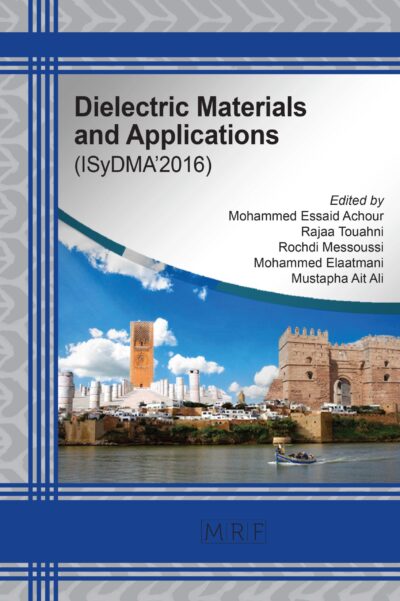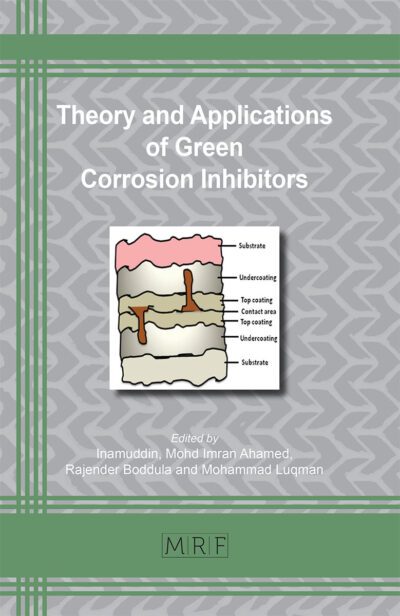Assessing risks in hydrogen production facilities: A quantitative approach
NURSYAWALEENA Hani, AFIQAH SHAHIRAH Shariman, SYAZA IZYANNI Ahmad
Abstract. Hydrogen, also known as H2, has emerged as a promising sustainable energy source, with increasing interest in its potential to replace our reliance on fossil fuels. The global demand for hydrogen is expected to increase from 70 million tonnes in 2019 to 120 million tonnes by 2024. The safety of hydrogen producing facilities is a major concern during the process operation. Hydrogen production carries a considerable operational risk, and catastrophic consequences are possible because hydrogen is easily inflammable and explosive. Thus, understanding the risks associated with hydrogen production is crucial. This paper aims to identify key hazards, safety, and evaluating the risks in the hydrogen production process, focusing on health, safety, and environmental (HSE) properties. Steam Methane Reforming (SMR) is one of the most cost- effective and widely used methods of creating hydrogen. Hence, the SMR process was chosen to be analyzed for risk scenarios using a comprehensive Quantitative Risk Assessment (QRA) integrating PHAST (Process Hazard Analysis Software Tool) and SAFETI (Software for the Assessment of Flammable, Explosive, and Toxic Impact) simulations. Results from the PHAST (Process Hazard Analysis Software Tool) simulation conducted highlighted jet fires and flash fires as the primary hazards, with relatively small threat areas in leak and rupture scenarios. For instance, the pressure swing adsorption reactor recorded significant flame lengths and proximity to the lower flammability limit (LFL), indicating potential flash fire risks. SAFETI (Software for the Assessment of Flammable, Explosive, and Toxic Impact) analysis reveals that fatality rates are within acceptable standards. Ultimately, this study aims to inform safety measures and regulatory standards in the hydrogen production industry, supporting the advancement of sustainable energy alternatives.
Keywords
Hydrogen, Energy, Steam Methane Reforming, Quantitative Risk Assessment, Simulation
Published online 4/25/2025, 14 pages
Copyright © 2025 by the author(s)
Published under license by Materials Research Forum LLC., Millersville PA, USA
Citation: NURSYAWALEENA Hani, AFIQAH SHAHIRAH Shariman, SYAZA IZYANNI Ahmad, Assessing risks in hydrogen production facilities: A quantitative approach, Materials Research Proceedings, Vol. 53, pp 498-511, 2025
DOI: https://doi.org/10.21741/9781644903575-51
The article was published as article 51 of the book Decarbonization Technology
![]() Content from this work may be used under the terms of the Creative Commons Attribution 3.0 license. Any further distribution of this work must maintain attribution to the author(s) and the title of the work, journal citation and DOI.
Content from this work may be used under the terms of the Creative Commons Attribution 3.0 license. Any further distribution of this work must maintain attribution to the author(s) and the title of the work, journal citation and DOI.
References
[1] E. B. Agyekum, C. Nutakor, A. M. Agwa and S. Kamel, “A Critical Review of Renewable Hydrogen Production Methods: Factors Affecting Their Scale-Up and Its Role in Future Energy Generation,” Modelling and Simulation of Industrial and Environmental Processes with Membranes , vol. 12, no. 2, 2022. https://doi.org/10.3390/membranes12020173
[2] C. B. B. Farias, R. C. S. Barreiros, M. F. d. Silva, A. A. Casazza, A. Converti and L. A. Sarubbo, “Use of Hydrogen as Fuel: A Trend of the 21st Century,” Environmental Biotechnology for Green Energy, vol. 15, no. 1, p. 311, 2022. https://doi.org/10.3390/en15010311
[3] O. I. Ahmed, N. Mehta, E. M. Ahmed, M. Hefny, A. Al-Hinai, A. H. Ala’a and R. W. David, “Hydrogen production, storage, utilisation and environmental impacet: a review,” Environmental Chemistry Letters, vol. 20, pp. 153-188, 2022. https://doi.org/10.1007/s10311-021-01322-8
[4] X. Zhang, G. Qiu, S. Wang, J. Wu and Y. Peng, “Hydrogen Leakage Simulation and Risk Analysis of Hydrogen Fueling Station in China,” Sustainability , vol. 14, no. 19, p. 12420, 2022. https://doi.org/10.3390/su141912420
[5] S. F. Ardabili, B. Najafi and S. Shamshirband, “Computational intelligience approach for modeling hydrogen production: a review,” Engineering Applications of Computational Fluid Mechanics, vol. 12, no. 1, 2018. https://doi.org/10.1080/19942060.2018.1452296
[6] I. Mohammadfam and E. Zarei, “Safety risk modelling and major accidents analysis of hydrogen and natural gas release: A comprehensive risk analysis framework,” International Journal of Hydrogen Energy, vol. 40, no. 39, pp. 13653-13663, 2015. https://doi.org/10.1016/j.ijhydene.2015.07.117
[7] M. J. Jafari, E. Zarei and N. Badri, “The quantitavie risk assessment of a hydrogen generation unit,” International Journal of Hydrogen Energy, vol. 37, no. 24, pp. 19241-19249, 2012. https://doi.org/10.1016/j.ijhydene.2012.09.082
[8] A. Bahadori, “Modeling and analysis of hydrogen production in steam methane reforming (SMR) process,” Petroleum Science and Technology, vol. 37, no. 12, 2019. https://doi.org/10.1080/10916466.2019.1587466
[9] M. Calabrese, M. Portarapillo, A. D. Nardo, V. Venezia, M. Turco, G. Luciani and A. D. Benedetto, “Hydrogen Safety Challenges: A Comprehensive Review on Production, Storage, Transport, Utilization, and CFD-Based Consequence and Risk Assessment,” Energies, vol. 17, no. 6, p. 1350, 2024. https://doi.org/10.3390/en17061350
[10] E. Zarei, M. J. Jafari and N. Badri, “Risk Assessment of Vapor Cloud Explosions in a Hydrogen Production Facility with Consequence Modeling,” Journal of Research in Health Sciences, vol. 13, no. 2, pp. 181-187, 2013.
[11] A. Huser, M. Bucelli, K. Zakariyya, M. M. Skinnemone and P. Nadim, “Quantitative Risk Analysis of Scaled-Up Hydrogen Facilities,” International Conference for Hydrogen Safety , 2021.
[12] R. Rezaei, M. Arjmand and M. Heidari, “A novel risk assessment framework for hydrogen production, storage, and utilization systems using integrated fuzzy logic and bow-tie approach,” Journal of Loss Prevention in the Process Industries, vol. 70, p. 104393, 2021.
[13] H. Fan-yiu, “Effect of Atmospheric Stability on the Dispersion of Radioactive Materials,” Hong Kong Observatory, 2020.
[14] S. Lee, M. V. Ottermo, K. Vaagsaether and H. Henriksen, “Hazard Identification for Gaseous Hydrogen in Storage, Transportation, and Use,” in ESREL 2022, Dublin, 2022. https://doi.org/10.3850/978-981-18-5183-4_R13-04-240
[15] X. Zhang, L. Hu, Q. Wang, X. Zhang and P. Gao, “A mathematical model for flame volume estimation based on flame height of turbulent gaseous fuel jet,” Energy Conversion and Management , vol. 103, pp. 276-283, 2015. https://doi.org/10.1016/j.enconman.2015.06.061














